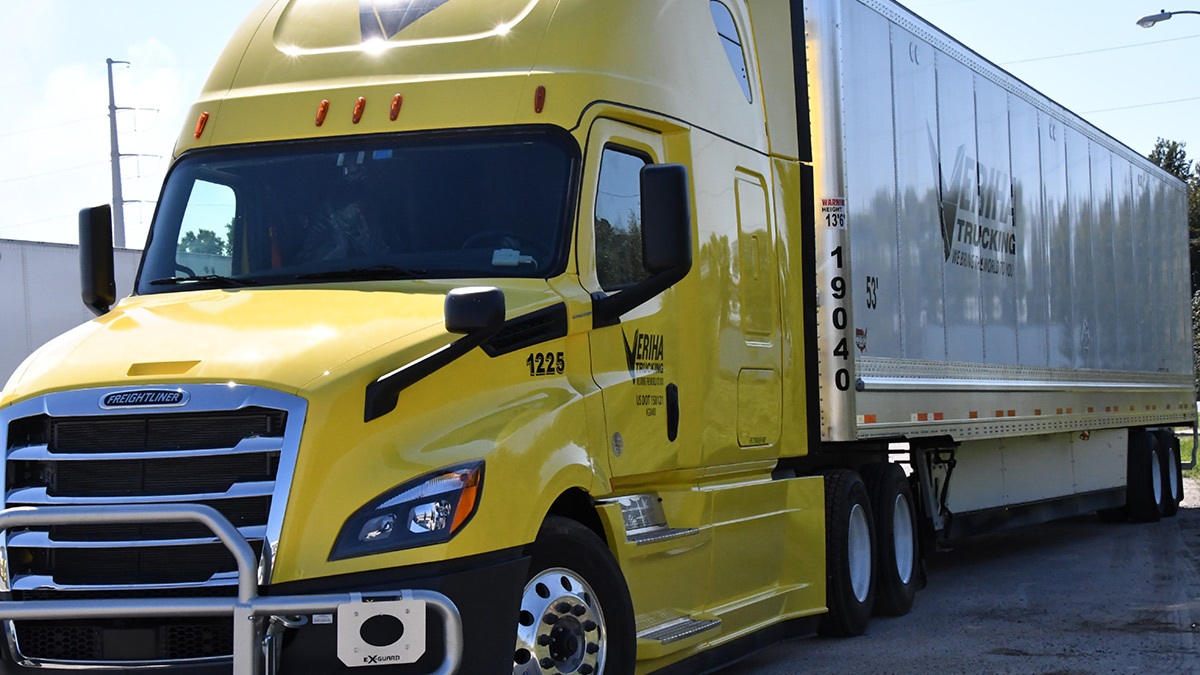Blog
Disc Brakes - Faster, Shorter, Safer
This year we are receiving tractors & trailers that will have disc brakes versus drum brakes. This change not only brings you faster service installs, it will make our units even safer with shorter stopping distances. Below is some general information to get you familiar with disc brakes.

Pros:
• Disc brakes have a stopping distance that is 105 feet LESS than drum brakes depending on tires, speed, conditions, etc.
• ADBs provide stable and uniform braking and, due to this, require less maintenance.
• Faster service installs which will keep you moving.
• Less heat
• ADBs do not require periodic lubrication like drum brakes do and are far easier to inspect visually because of their open design so you don’t have to remove the wheel
to inspect them the way you have to do with drum brakes.
• Compared to drum brakes, ADBs also offer improved brake stability, reduced brake fade, elimination of brake pull, and shorter stopping distance. Tractor-trailers as
well as trucks benefit from these attributes as they provide greater control over the vehicle.
Cons:
• Heavier per axle versus drum brakes
• Initial investment is much higher than drum brakes. Over the lifetime ADB’s cost is lower than drum brakes.
Things you need to know:
• You still need to perform your pre-trip inspections on the trailers.
• Disc brakes dependent on driver usage can last up to 5 years
Descriptions:
Brake drums, shoes and linings. Brake drums are located on each end of the vehicle’s axles. The wheels are bolted to the drums. The braking mechanism is inside the drum. To stop, the brake shoes and linings are pushed against the inside of the drum. This causes friction which slows the vehicle (and creates heat). The heat a drum can take without damage depends on how hard and how long the brakes are used. Too much heat can make the brakes stop working.
Disc brakes. In air-operated disc brakes, air pressure acts on a brake chamber and slack adjuster, like S-can brakes. But instead of the S-cam, a “power screw” is used. The pressure of the brake chamber on the slack adjuster turns the power screw. The power screw clamps the disc or rotor between the brake lining pads of a caliper, similar to a large C-clamp.

